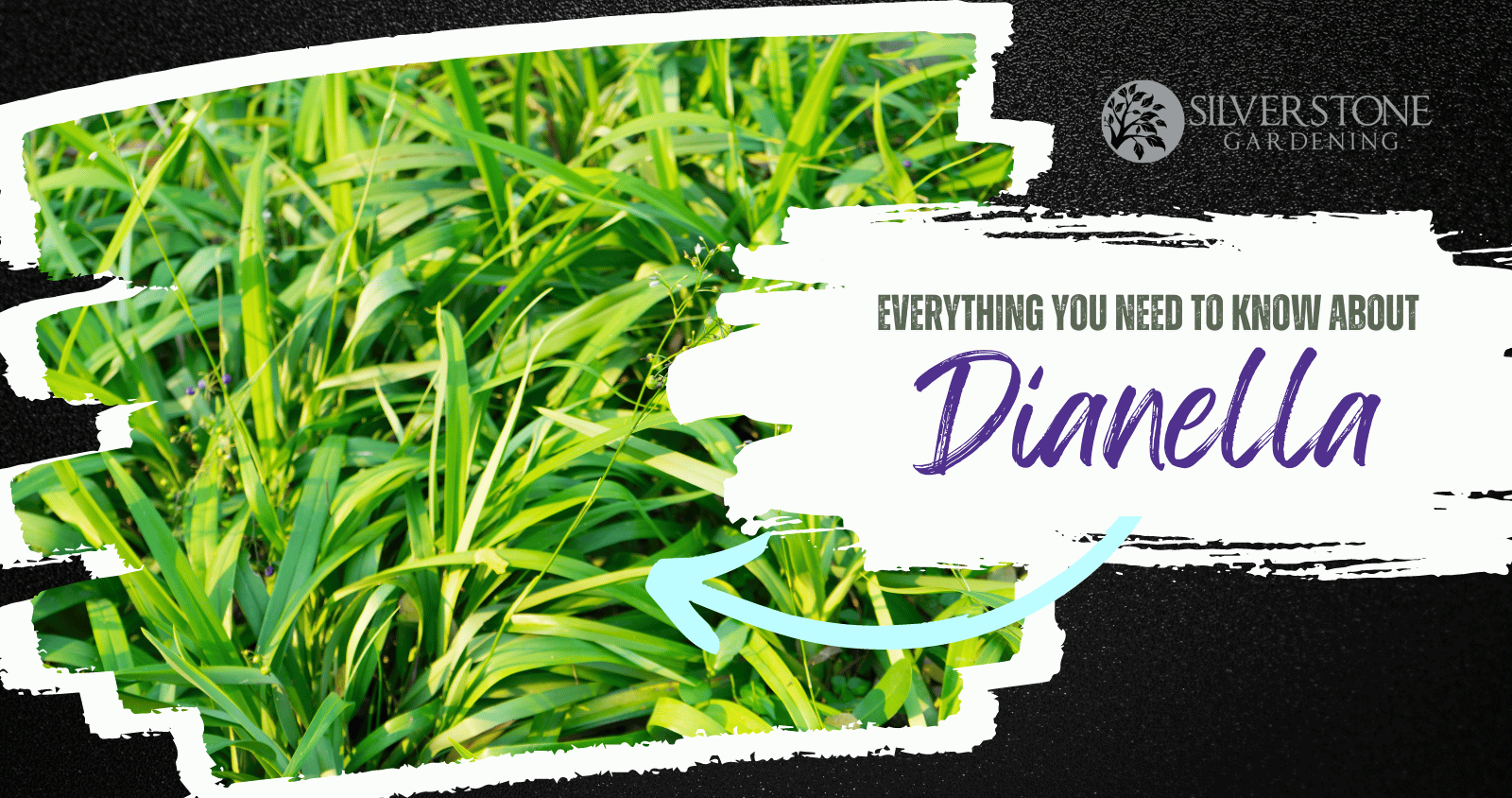
Dianella, also known as Flax Lilly, is a versatile and attractive perennial plant that is native to Australia and New Zealand. It is a popular choice for gardeners due to its attractive foliage and low maintenance requirements.
There are several varieties of Dianella available, each with slightly different characteristics. Some of the most popular varieties include ‘Cassa Blue’, ‘Little Jess’, ‘Silver Streak’ and ‘Variegata’. The leaves of these varieties can range in colour from blue-green to silver, and can have variegated or striped patterns. The plant also has small, blue-purple flowers that bloom in the spring and summer.
Dianella prefers well-drained soil and full sun to partial shade. It can tolerate a wide range of weather conditions, including heat and humidity, making it a great choice for gardeners in warm climates. The plant is also drought tolerant once established, making it a low maintenance option for gardeners.
In addition to its attractive foliage, Dianella has several other interesting features. The plant is a great choice for erosion control due to its deep root system, and it is also a great option for use in rain gardens as it can help to filter and clean stormwater runoff. The plant is also a great choice for wildlife gardens as it provides food and habitat for a variety of birds and insects.
In conclusion, Dianella is a versatile, low maintenance and attractive perennial plant that is perfect for gardens in warm climates. With a wide range of varieties to choose from, it is a great option for adding color and texture to any garden. Its deep root system, erosion control and its ability to filter and clean stormwater runoff makes it a great option for rain gardens and wildlife gardens.
Three great options
Dianella Streetscape
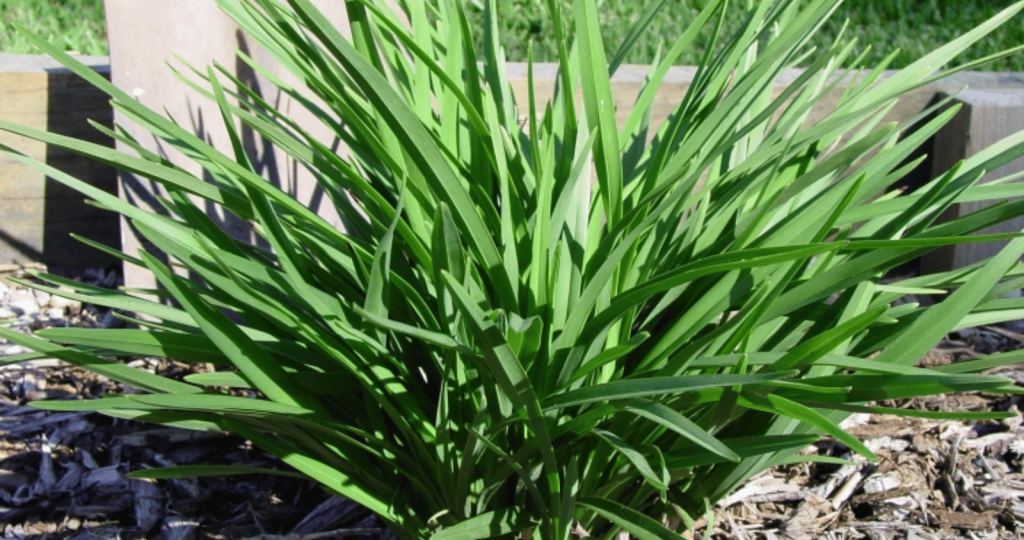
Dianella Streetscape is a hardy and low maintenance plant that is well-suited for use in a wide range of gardening and landscaping applications. It establishes quickly due to its fast growing roots and looks great in mass plantings.
Dianella Streetscape typically grows to a height of 40-50 cm and a width of 50-60 cm, making it a compact and tidy option for small gardens or as a border plant. It has long, narrow leaves that are typically blue-green in colour, and it produces small, blue-purple flowers in the spring and summer.
This cultivar prefers well-drained soil and full sun to partial shade. It is also drought tolerant once established, making it a great option for low maintenance landscaping. This plant is also tolerant of a wide range of weather conditions, including heat and humidity, making it a great choice for gardeners in warm climates.
One of the key features that makes Dianella Streetscape an attractive option for a garden is its versatility. It can be used as a groundcover, a border plant, or as an accent in a mixed garden bed. Additionally, it is suitable for use in a wide range of landscaping styles, from traditional to modern.
Another advantage of this cultivar is its compact size, making it an excellent choice for small gardens, or for planting in tight spaces. It’s also a great option for use in public areas such as streetscapes, parks, and gardens as it’s able to withstand foot traffic and regular maintenance.
In summary, Dianella Streetscape is a compact and low-maintenance cultivar of the Flax Lilly, making it an ideal option for small gardens, landscaping, and street planting. Its blue-green leaves, blue-purple flowers and tolerance to a wide range of weather conditions make it a great choice for gardeners in warm climates. Its versatility and compact size make it an attractive option for a wide range of landscaping styles and applications. For more information on this plant, click here.
Dianella Cassa Blue
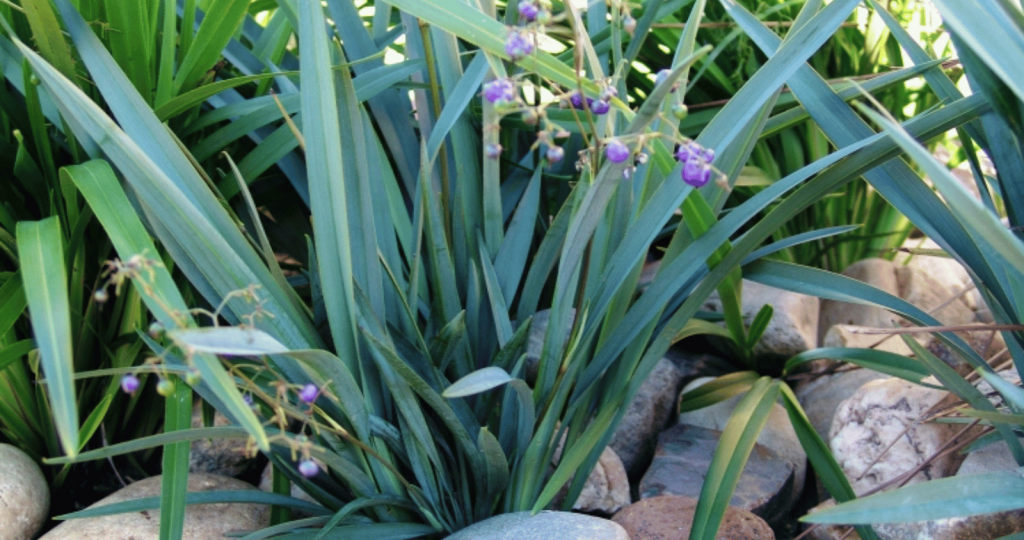
Dianella Cassa Blue is a cultivar of the Flax Lilly, also known as Dianella, that is known for its striking blue-green foliage. It is a hardy and low maintenance plant that is well-suited for use in a wide range of gardening and landscaping applications.
Dianella Cassa Blue typically grows to a height of around 50 cm and a width of around 40 cm, making it a compact and tidy option for small gardens or as a border plant. It has long, narrow leaves that are typically blue-green in colour, and it produces small, blue-purple flowers in the spring and summer.
This cultivar prefers well-drained soil and full sun to partial shade. It is also drought tolerant once established, making it a great option for low maintenance landscaping. This plant is also tolerant of a wide range of weather conditions, including heat and humidity, making it a great choice for gardeners in warm climates.
One of the key features that makes Dianella Cassa Blue an attractive option for a garden is its striking blue-green foliage. This unique colour can add visual interest to a garden and can be used to complement or contrast with other plants. It can also be used as a focal point in a garden bed.
Another advantage of this cultivar is its compact size, making it an excellent choice for small gardens, or for planting in tight spaces. It is also suitable for use in public areas such as streetscapes, parks, and gardens as it is able to withstand foot traffic and regular maintenance.
In summary, Dianella Cassa Blue is a compact and low-maintenance cultivar of the Flax Lilly, known for its striking blue-green foliage. Its hardiness, tolerance to a wide range of weather conditions, and its ability to withstand foot traffic make it a great choice for gardeners in warm climates. Its compact size and striking foliage make it an attractive option for a wide range of landscaping styles and applications, from small gardens to public areas. For more information on this plant, click here.
Dianella Tasma Wyeena
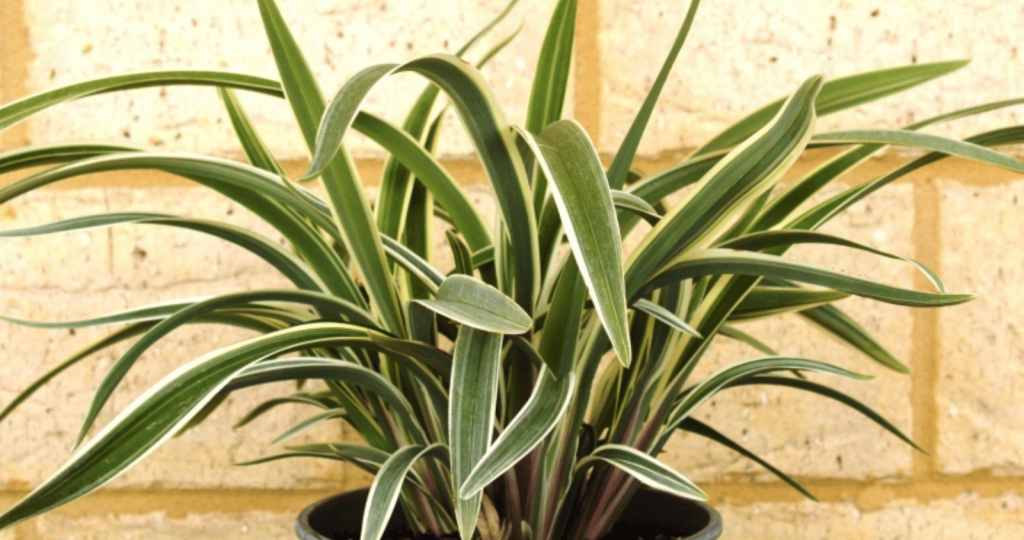
Dianella Tasma Wyeena is a cultivar of the Flax Lilly, also known as Dianella, that is known for its striking foliage and hardiness. It is a low maintenance plant that is well-suited for use in a wide range of gardening and landscaping applications.
Dianella Tasma Wyeena typically grows to a height of around 80-90 cm and a width of around 60-70 cm. It has long, narrow leaves that are typically green with a yellow or cream variegation, and it produces small, blue-purple flowers in the spring and summer.
This cultivar prefers well-drained soil and full sun to partial shade. It is also drought tolerant once established, making it a great option for low maintenance landscaping. This plant is also tolerant of a wide range of weather conditions, including heat and humidity, making it a great choice for gardeners in warm climates.
One of the key features that makes Dianella Tasma Wyeena an attractive option for a garden is its striking foliage. The variegated leaves add visual interest to a garden and can be used to complement or contrast with other plants. It can also be used as a focal point in a garden bed.
Another advantage of this cultivar is its hardiness, making it able to withstand a wide range of weather conditions and also tolerant to different soils. Furthermore, it’s also suitable for use in public areas such as streetscapes, parks, and gardens as it is able to withstand foot traffic and regular maintenance.
In summary, Dianella Tasma Wyeena is a cultivar of the Flax Lilly, known for its striking foliage and hardiness. Its tolerance to a wide range of weather conditions and it’s ability to withstand foot traffic make it a great choice for gardeners in warm climates. Its striking foliage and hardiness make it an attractive option for a wide range of landscaping styles and applications, from small gardens to public areas. For more information on this plant, click here.
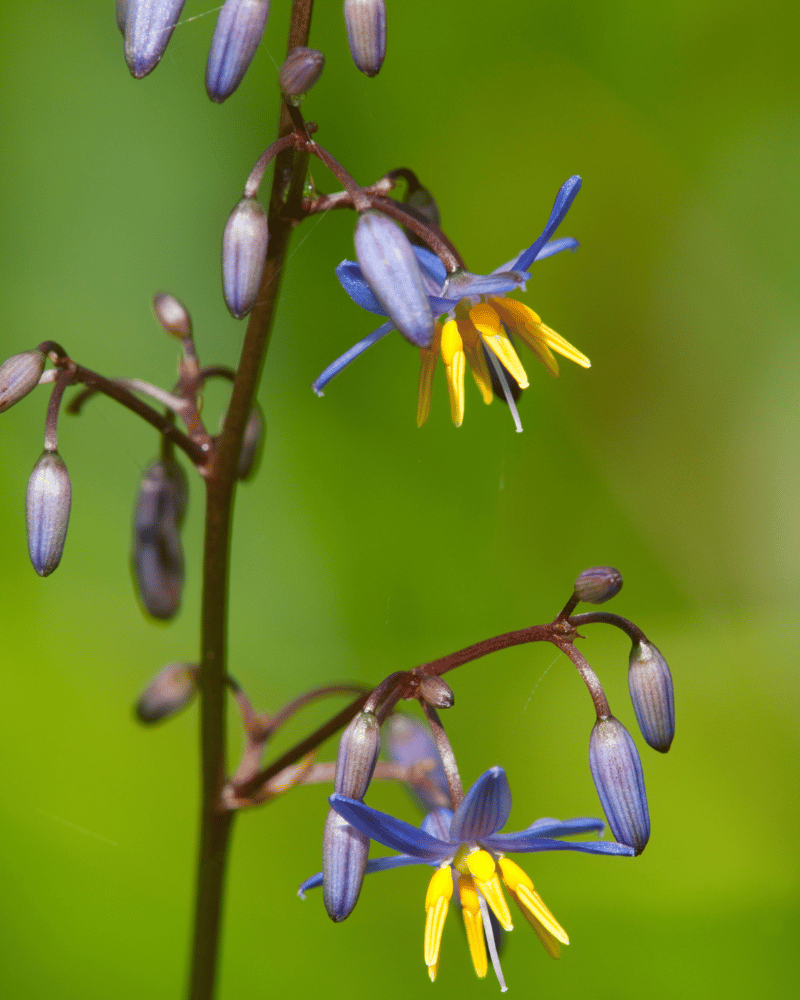
Are Dianella considered drought tolerant?
Dianella plants are considered drought tolerant once they are established. They can survive in well-drained soil and with minimal water. They can go for long periods of time without water and still maintain their healthy appearance.
How much water do Dianella need each week?
Dianella plants do not require a lot of water to thrive. They typically need around 10-20mm of water per week, depending on the weather conditions, and the soil and light conditions. However, during the hot and dry months, they may require more frequent watering to ensure that the soil remains moist. In general, it’s better to underwater than overwater a dianella plant.
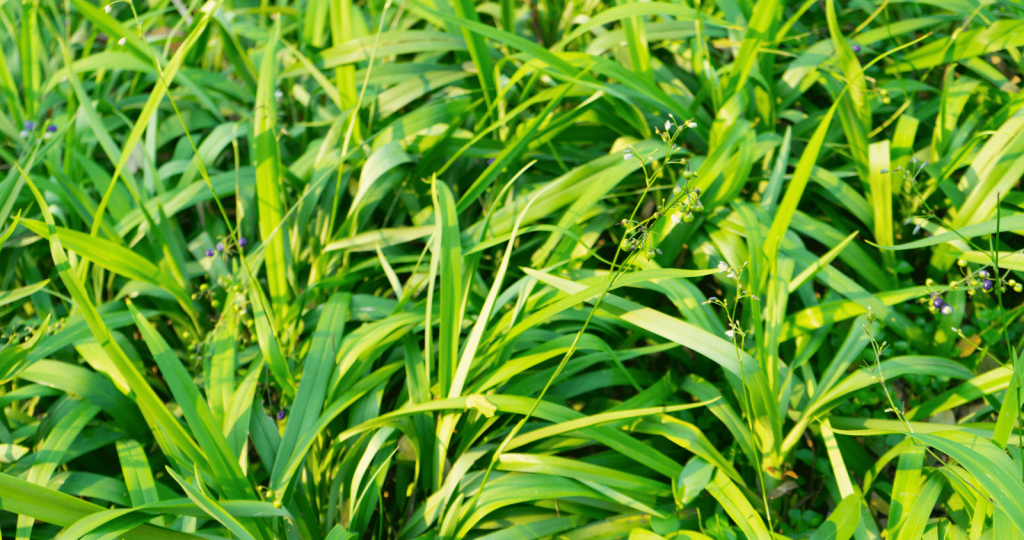
How to prune Dianella
Pruning dianella can help to maintain its shape, promote healthy growth, and encourage the production of new foliage. Here are the steps for pruning a dianella plant:
- Timing: The best time to prune dianella is in the spring or early summer, before the new growth appears. This will give the plant time to recover and regrow before the winter.
- Cutting back: Cut back the old foliage to near the base of the plant. Be careful not to damage the new shoots that are emerging from the soil.
- Thin out: If your dianella is forming a dense clump, you can thin it out by removing some of the older stems from the center of the clump. This will improve air circulation and light penetration, and help to reduce the risk of disease.
- Shape: Use pruning to shape the plant to your desired form. You can cut back the stems to create a rounded shape, or to maintain a compact form.
- Fertilise: After pruning, it’s a good idea to fertilize the plant to encourage new growth. Use a balanced fertilizer and follow the instructions on the label.
Remember, always use clean, sharp pruning tools to prevent damage to the plant and to reduce the risk of disease. Pruning dianella is a low-maintenance task that can help to keep your plants looking their best, and encourage healthy growth.
How quickly do Dianella grow to their full height?
Dianella plants typically grow around 30-80cm per year, depending on the conditions under which they are grown and the variety of Dianella. This means that it will take around 2 to 3 years for a dianella plant to reach its full height of 80-90cm. However, it is important to note that the growth rate may vary depending on the cultivar and growing conditions.
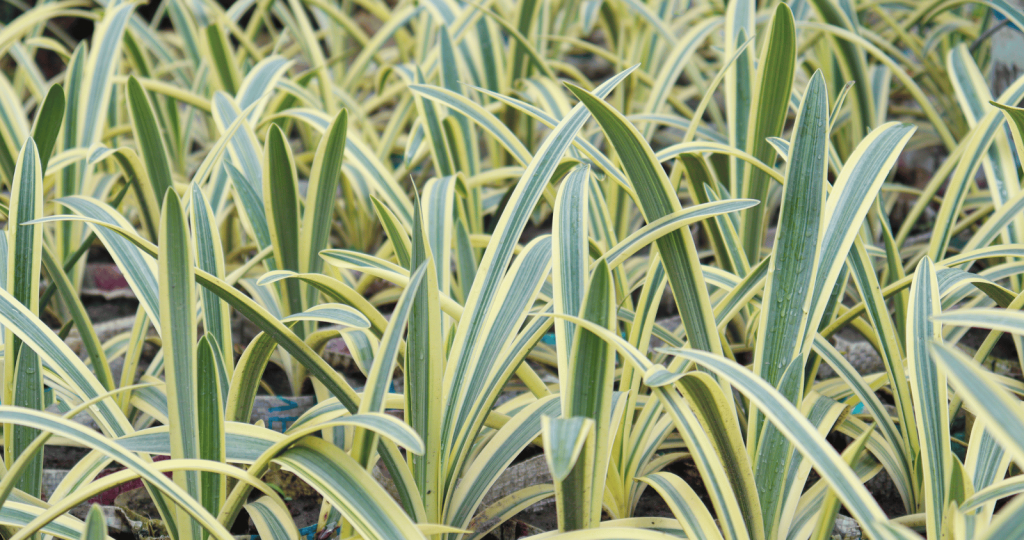
Should Dianella be fertilised?
Yes, in many cases Dianella plants should be fertilised to maintain their health and promote growth. However, it is important to note that if the soil is of good quality, and the plant is in the right growing conditions, fertiliser may not be necessary.
What fertiliser is best for Dianella?
A slow-release, general-purpose fertiliser with a balanced ratio of Nitrogen, Phosphorus, and Potassium (N-P-K) is the best for dianella plants. Often Dianella are planted near other Australian natives that can be damaged by too much phosphorus, so a native blend fertiliser specifically designed for Australian natives will often be the best choice. (Here is a great organic fertiliser that can be used on just about every plant)
How to fertiliser a Dianella?
Fertiliser should be applied to the soil around the base of the plant, ensuring that it is evenly distributed. It is important to follow the instructions on the fertiliser package and use the appropriate amount for the size of the plant.
How often should Dianella be fertilised?
This depends on the product being used. Different fertilisers last for different lengths of time so fertiliser frequency will vary between products.
Always read and follow the manufacturer’s recommendations. It’s important to be careful not to over-fertilize, as this can lead to over-growth and damage to the plant.
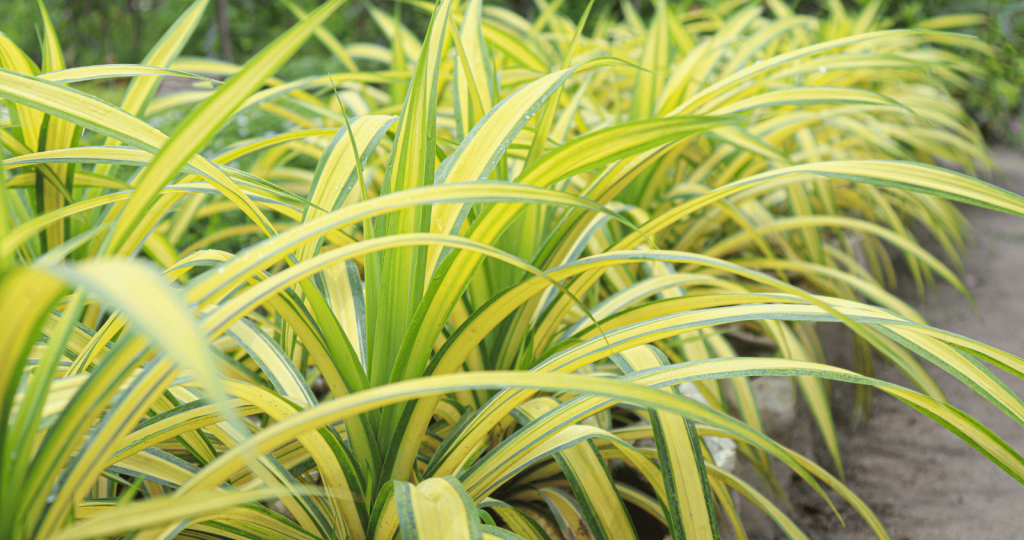
What pests are common with Dianella?
It is relatively uncommon for Dianella to struggle with pests or disease. However, if you are to come into issues the more common pests that can affect dianella plants include spider mites, mealybugs, and scale insects. These pests can cause damage to the leaves, weaken the plant, and reduce its overall health. It’s also important to note that other pests like aphids, thrips, and whiteflies can attack on the plant. In some cases, these pests can also spread disease.
The best way to prevent pest infestations is to keep an eye out for signs of damage, such as discoloration or wilting, and to take action promptly if an infestation is detected.
What diseases are common with Dianella?
Dianella plants are generally considered to be relatively disease-resistant, however, some common diseases that can affect them include Root Rot and Rust.
Root rot: This is caused by the fungus Phytophthora and is characterized by yellowing leaves, wilting, and a lack of growth. It can be caused by over-watering or poor drainage, and it’s important to ensure that the soil is well-drained to prevent root rot.
Dianella Rust: This fungal diseaset affects the foliage of dianella plants. It is characterized by yellow to orange pustules on the undersides of the leaves, and can cause significant damage to the plant if left untreated. Here are some steps you can take to treat dianella rust:
- Remove infected leaves: The first step in treating dianella rust is to remove any infected leaves from the plant. This will help to reduce the spread of the disease and prevent it from becoming more severe.
- Improve air circulation: Good air circulation is key to preventing and treating dianella rust. Make sure the plant is not overcrowded, and consider trimming back the surrounding vegetation to improve air flow.
- Avoid overhead watering: Overhead watering can spread the fungal spores and make the problem worse, so it’s best to avoid watering the foliage of the plant. Instead, water at the base of the plant and allow the soil to dry out between waterings.
- Apply fungicides: If the infection is severe, you may need to apply a fungicide to control the spread of the disease. Choose a fungicide specifically formulated for rust and follow the instructions carefully.
- Keep the area clean: Clean up any fallen leaves or debris around the plant to prevent the build-up of fungal spores in the soil.
Remember, the most important factor in preventing dianella rust is maintaining healthy plants. This includes providing adequate water, light, and nutrition, and ensuring good air circulation and cleanliness around the plant.
Is Dianella invasive?
Dianella, also known as Flax Lily, is not considered an invasive plant species. It is a hardy and versatile plant that can be used in a variety of landscape settings.
However, Diannella do spread through its underground rhizomes. The rhizomes are horizontal underground stems that produce roots and shoots, allowing the plant to spread and form clumps. The rhizomes can grow several feet away from the parent plant, eventually forming new plants that emerge from the soil.
The spread of dianella through rhizomes makes it a low-maintenance and low-water landscape option. However, some cultivars of dianella are more vigorous than others and can spread more quickly, so it’s important to choose a cultivar that is appropriate for the scale of your garden. If you’re concerned about controlling the spread of dianella, consider planting it in a container or in an area with a physical barrier to prevent the rhizomes from spreading too far.
Do bees like Dianella?
Dianella plants produce attractive blue or purple flowers that can be attractive to bees and other pollinators. The flowers of dianella plants are known for their nectar-rich, and the bees and other beneficial insects are attracted to them. The presence of bees in your garden is important for pollination of other plants and to maintain a healthy ecosystem. So, it is safe to say that bees do like dianella plants.
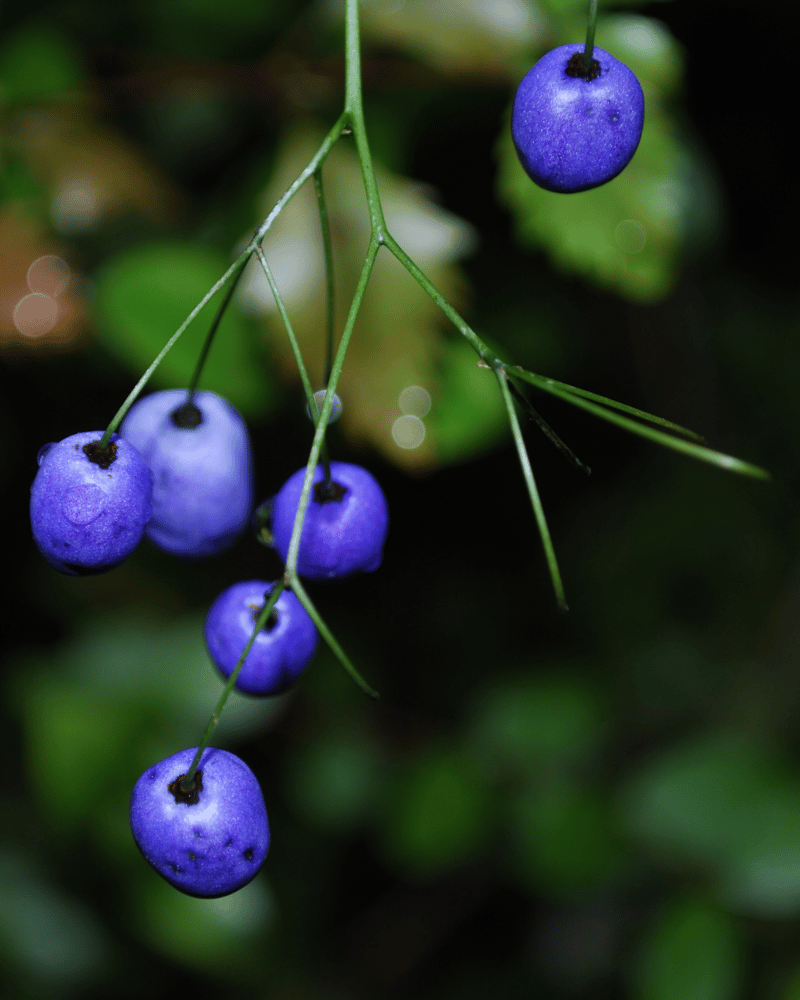
Is Dianella poisonous?
Dianella, also known as Flax Lilly, is generally considered to be non-toxic to humans and pets. However, it’s worth noting that some species of dianella may contain small amounts of a toxin called saponins, which can cause mild stomach upset if ingested in large amounts. It is best to consult with a veterinarian if you have any concerns about pets ingesting the plant. The plant’s leaves, stem and berries should not be consumed, and contact with the sap may cause skin irritation. It’s always important to be cautious when introducing any new plants to your garden and to keep an eye out for any potential hazards, particularly if you have young children or pets.

